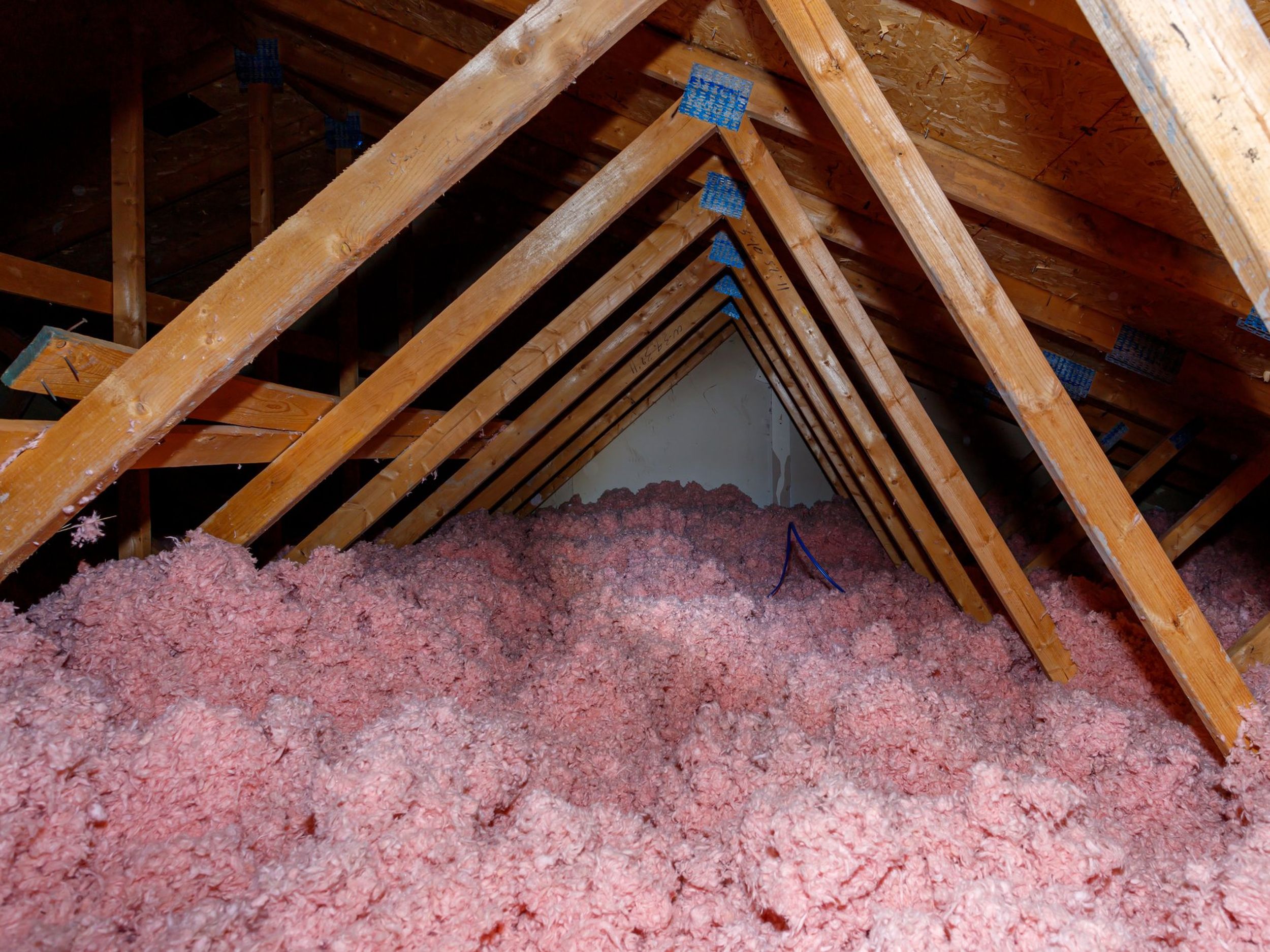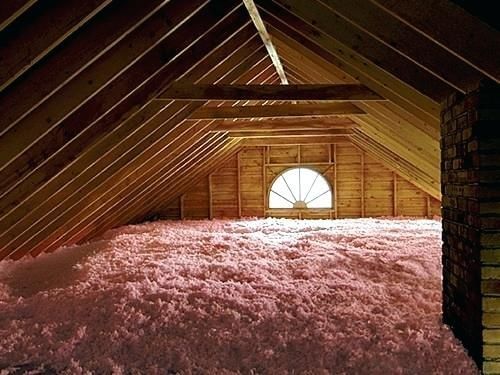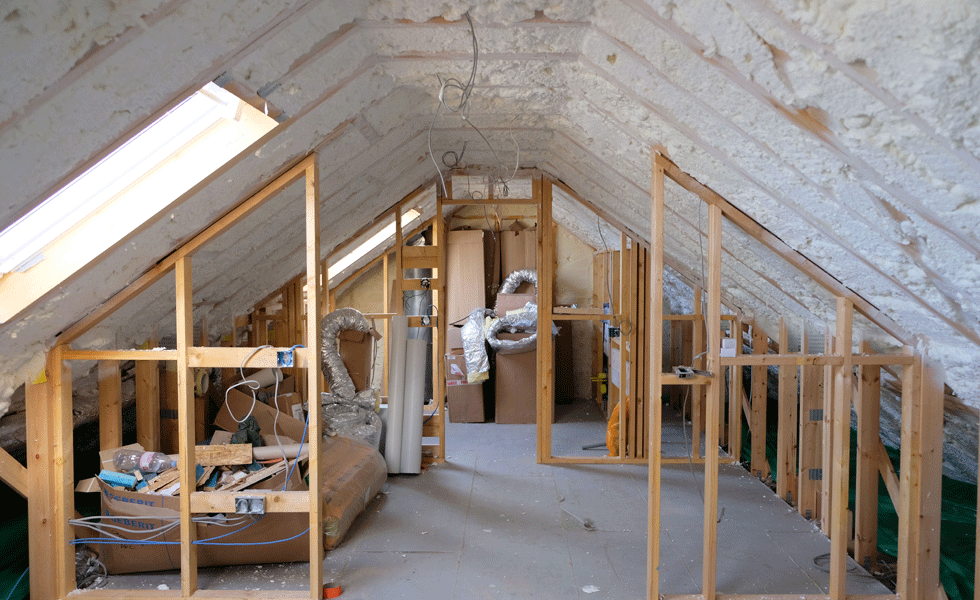Why Attic Insulation DFW is Essential for Energy Efficiency in Dallas-Fort Worth
Why Attic Insulation DFW is Essential for Energy Efficiency in Dallas-Fort Worth
Blog Article
Discover the Various Kinds Of Attic Insulation and Their Distinct Advantages for Your Home's Power Effectiveness

Fiberglass Insulation
Fiberglass insulation is one of the most frequently made use of products for attic room insulation due to its superb thermal performance and cost-effectiveness. Made up of little glass fibers, this product effectively traps air, producing an insulating barrier that helps keep regular interior temperatures. Its high R-value per inch makes it specifically reliable at withstanding warm transfer, which is vital for energy conservation in homes.
Installment of fiberglass insulation is reasonably simple, typically readily available in batts or loose-fill kinds, suiting various attic room arrangements. Furthermore, it is non-combustible and immune to moisture, minimizing the threat of mold advancement. This longevity adds to its durability, making fiberglass a sensible lasting investment for property owners.
Moreover, fiberglass insulation is commonly manufactured from recycled products, which boosts its eco-friendliness. The product can also add to soundproofing, minimizing noise transfer between spaces. While it is important to use safety equipment during installment to avoid irritation from the fibers, the total advantages of fiberglass insulation, including power financial savings and ecological factors to consider, make it a preferred choice for boosting attic efficiency and advertising a comfy living atmosphere.
Spray Foam Insulation
Spray foam insulation is a very reliable option for attic room insulation, known for its exceptional air securing and thermal performance. This cutting-edge insulation material is composed of a mixture of isocyanate and polyol material, which, when integrated, increases rapidly to fill voids and tooth cavities in the attic space. Its capability to abide by various surface areas makes certain a constant obstacle against air leakages, substantially lowering heat loss during cooler months and heat gain during warmer seasons.
One of the crucial advantages of spray foam insulation is its high R-value per inch, which means it supplies exceptional thermal resistance in a relatively thin application. This is specifically advantageous in attic rooms where area is often minimal. Furthermore, spray foam can help minimize moisture build-up, minimizing the risk of mold and mildew development, which can be destructive to both the framework and indoor air quality.
While the initial cost of spray foam insulation may be higher than traditional alternatives, its lasting power savings, paired with boosted convenience and enhanced home worth, make it a beneficial financial investment for property owners looking for boosted power performance. Attic Insulation DFW. Overall, spray foam insulation attracts attention as an efficient solution for optimizing attic room insulation
Cellulose Insulation

Cellulose insulation is a prominent choice for attic room insulation, mainly made up of recycled paper products treated with fire resistants. This ecologically pleasant choice is understood for its outstanding thermal performance, efficiently minimizing warmth transfer in both summer and winter season. The dense make-up of cellulose enables it to fill up gaps and voids in attic rooms, giving a seamless barrier against air leakages.
Among the significant benefits of cellulose insulation is its capability to resist mold and mildew and parasites, owing to the fire retardant therapies made use of throughout production. Furthermore, it boasts a high R-value per inch, which equates into exceptional power performance. Property owners can expect lower cooling and heating prices as a result of improved insulation.
Installment is normally achieved via blowing loose cellulose into the desired area, allowing for a reliable and quick process. This technique likewise lessens interruption to the existing structure. Cellulose insulation has a relatively reduced ecological impact, as its manufacturing process makes use of recycled products, adding to lasting building techniques.
Rock Wool Insulation
Among the numerous options for attic room insulation, rock woollen, likewise referred to visit this page as mineral woollen, attracts attention due to its outstanding thermal and acoustic performance. Made from recycled or natural products, rock wool is produced by melting rock and spinning see this page it into fibers, causing a product that uses superb insulation buildings.
Among the substantial advantages of rock wool insulation is its high R-value, which shows its effectiveness in resisting heat circulation. This particular not only improves energy effectiveness yet likewise adds to maintaining a comfy indoor temperature level year-round. Furthermore, rock woollen is inherently fire-resistant, making it a much safer option for homes as it can hold up against high temperatures without melting or releasing harmful fumes.
Furthermore, rock wool insulation succeeds in soundproofing abilities, efficiently lowering noise transmission in between spaces and from outside resources. In general, rock woollen insulation supplies a detailed option for improving power performance, safety and security, and comfort in property settings.
Glowing Obstacle Insulation
Radiant barrier insulation acts as a reliable solution for lessening warm transfer in attics, particularly in warmer environments. This kind of insulation jobs by mirroring induction heat away from living areas, consequently lowering the amount of warmth that goes into a home during hot weather - Attic Insulation DFW. Commonly made up of a very reflective product, such as light weight aluminum foil, glowing barriers are mounted in attics, dealing with the roof, where they can intercept inbound warmth from the sunlight
The primary advantage of radiant obstacle insulation is its capability to reduced cooling costs. By mirroring heat rather than absorbing it, glowing barriers can assist keep a more secure interior temperature level, minimizing the work on air conditioning systems. This performance converts into reduced power costs and enhanced convenience for home owners.
In enhancement to energy financial savings, radiant barriers can additionally add to enhanced indoor air quality. By decreasing heat accumulation, they aid decrease humidity levels, which can protect against mold development and enhance overall air flow. When her explanation installed appropriately, glowing barrier insulation can be an indispensable enhancement to any type of energy-efficient home, making it a worthwhile factor to consider for house owners aiming to enhance their attic insulation approach.
Conclusion
In verdict, comprehending the various types of attic room insulation-- fiberglass, spray foam, cellulose, rock wool, and glowing barriers-- enables property owners to make informed decisions relating to power efficiency. By selecting the suitable insulation material, significant decreases in energy expenses can be achieved, along with enhancements in interior comfort.

In conclusion, understanding the various types of attic insulation-- fiberglass, spray foam, cellulose, rock woollen, and glowing barriers-- makes it possible for home owners to make enlightened choices relating to energy effectiveness.
Report this page